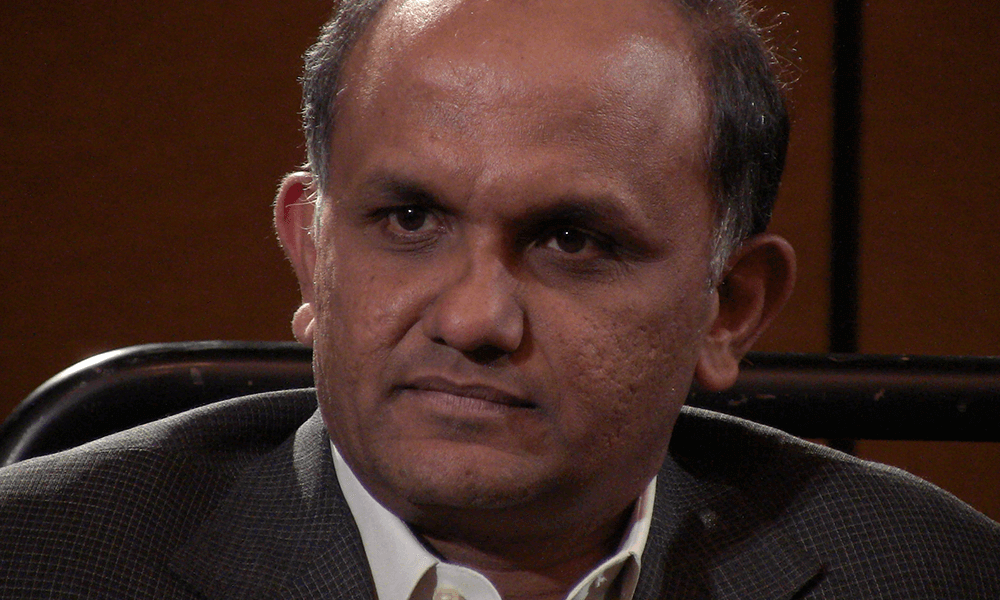Proactively Addressing Employee Mental Wellbeing to Drive High Performance and Happiness
Author: Cedric Bru, CEO of Taulia
Not long ago, mental health was a fringe consideration for business leaders, but recently it has become clear that a happy, cognitively healthy workforce is increasingly important to productivity. For companies to succeed, they must take responsibility for employee mental health in the workplace and ensure they are contributing all they can towards their wellbeing. Inputting the right processes and people to identify poor mental health in the workforce is, therefore, a business imperative for the leadership of today. While there is not yet a firm handbook for how to do this, removing barriers for accessibility to mental health support and leaning on performance data to understand employee productivity patterns are great first steps that CEOs can take to improve employee wellness.
Hiring a Chief Wellness Officer
Hiring a Chief Wellness Officer (CWO) is one way in which employers can be reassured that employees are looked after. A CWO’s primary role is to support staff and help them maximize their professional performance and development, whilst forming a culture of wellness within the workplace.
A good CWO is a trusted point of contact for every employee within the organization, but they should also work closely with human resources to develop a tailored approach to people management and career development. Satisfied, motivated, and purposeful employees tend to have better mental health.
Removing any barriers of accessibility to mental health support is the greatest first step any business can make in improving employee wellness. Whilst a relatively new position, CWOs have already proven themselves to be an important and necessary addition to any organization. Taulia has certainly seen and felt the benefits throughout the organization since bringing our Chief Wellbeing Officer, Todd Musselman, on board.
Open feedback culture is critical to improving mental wellbeing
While productivity and purpose are not the only elements of good mental health, they can be great motivators in a workplace. In order to ensure that productivity and purpose are on track – both organizationally and individually – it is critical to foster a constructive feedback culture.
At Taulia, we have found that it is critical to provide many channels of authentic feedback to give each employee, with their own unique personality and style, an avenue to express themselves. This includes initiatives such as a regular cadence of departmental and regional fireside conversations; anonymous feedback surveys, and departure surveys. Delving into some details, employee engagement surveys have helped provide us with an honest – and anonymous – insight into how employees feel about their work, the company culture more broadly. This helps to make sure we are reacting to their feedback by moving in the right direction and making the necessary changes, as well as continuously tracking employee satisfaction and wellbeing.
The second is a more personal approach – actively asking colleagues if they would welcome our feedback has created a culture in which feedback is considered, not kneejerk and thoughtless, while recipients are far more receptive to getting feedback. I make a point of leading by example here: if a colleague gives a presentation and I want to provide a perspective, I will ask them if they are happy to receive feedback before giving it. It is a subtle change, but the difference felt by individuals can be enormous.
Use performance metrics to identify poor mental health
For all the efforts leaders can go to to create the right culture, having the processes in place to identify poor mental health is perhaps the most important thing you can do to safeguard employee wellbeing.
Where motivation and purpose are great ways to keep mental well-being strong, it is usually true that a lack of motivation and purpose can either be a cause or symptom of poor mental health. The question is, how do we identify changes in motivation and purpose? This is a hard question to answer exactly, but there is usually a tangible result on employee outputs that are either empirical, observed by colleagues, or acknowledged by the sufferer when asked.
Where Taulia has its employee survey, we also make sure that regular face-to-face check-ins with line managers are diarised and attended. These are opportunities to discuss wellbeing and workload, and on their own they can be enough to improve employee mood and stimulate better results. For those who might not wish to talk openly, it is an opportunity for managers to recognize the cues of body language.
Employees are the most important asset to any business. Engaging your workforce, providing them with purpose, and giving them the tools to provide feedback and excel are critical to their wellbeing, and the success of the business. Good mental health does not come about by chance; it is the product of well-thought-out processes and thoughtful, highly skilled individuals whose responsibility it is to ensure employee wellbeing. Actively caring for your workforce by putting the right systems and people in place is one of the most valuable things you can do.


Stay updated with our latest publications.
Discover Issues
See how we can help you grow in the online space!
Advertise With Us
We can help promote your business.
Find Out More




